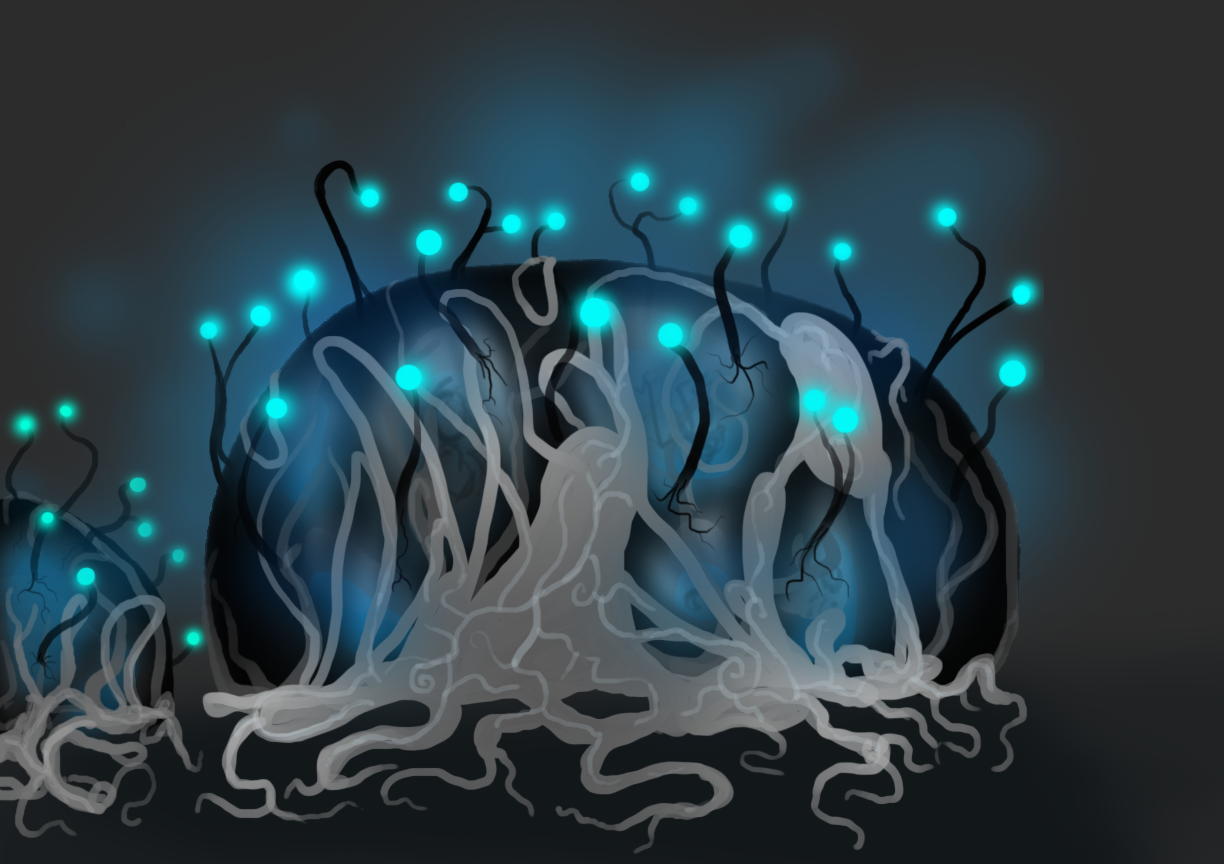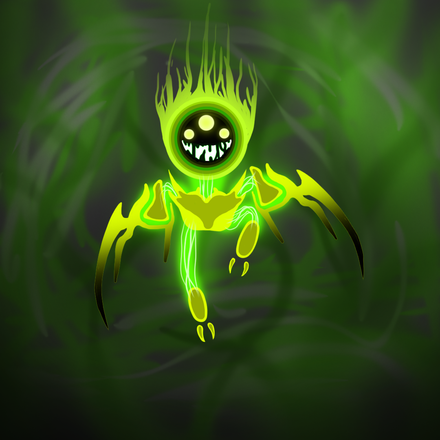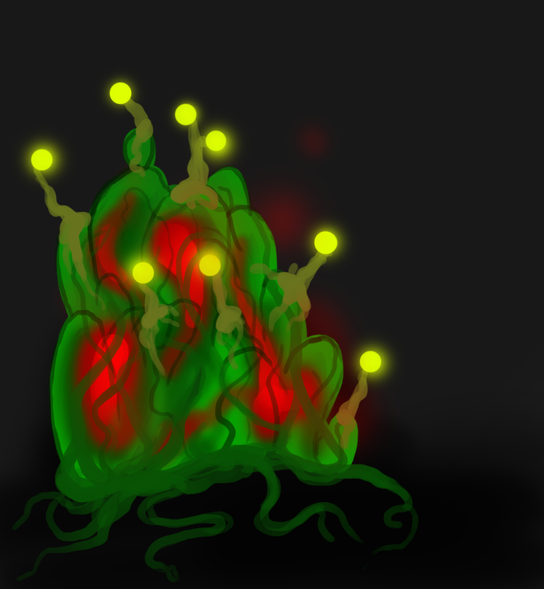HOME | DD
 detectOplasm — Predatory Dimensional Emitters (F. Tantogaris)
detectOplasm — Predatory Dimensional Emitters (F. Tantogaris)

#alien #ameoba #attraction #blue #cage #cell #dark #dimensional #emitter #extradimensional #form #fungal #growth #hermetic #interdimensional #internal #larva #lifeform #light #monster #pde #predator #predatory #sealed #shock #spore #stomach #trauma #warp #wormhole #vacuole #sessile #pdes #f #c #off #psionivore #iscandrus #fuemiido #tantogaris #teufolgeuris
Published: 2018-08-08 01:56:17 +0000 UTC; Views: 1922; Favourites: 20; Downloads: 1
Redirect to original
Description
Life in the universe perpetuates itself by any means necessary. In such a wide, infinitely varying space, very few rules dictate how an organism feeds, dies, or reproduces. If it allows a species to continue existing, it is viable. Even concepts such as interdimensional travel and parallel universe phasing are not unknown evolutions, as proven by Iscandrus . But where one organism finds its niche, another, craftier one may impose itself. Such is the case with the subgroup of creatures known as "Predatory Dimensional Emitters", or "PDEs".PDEs are an uncommon but still highly successful subgroup of sessile growths. They do not require oxygen, heat, or harbor any other environmental dependencies in their mature stages, allowing them to thrive in even the cold vaccum of space. Instead, this class of organism derives nourishment from extra-dimensional prey, emitting a dazzlingly vast spectrum of lights, frequencies, and wavelengths to attract all from the simple minded Psionivore larvae to the cunning Iscandrus and, on occasion, even highly sentient species. Once an organism is fooled into manifesting itself on their plane of existence, they are shuttled into one of the PDE's internal stomachs and cut off from all outside forces. In some cases the shock of being so fully alone causes severe brain trauma, resulting in a near instantaneous kill. If not, the prey will still find itself equally helpless in the physically, mentally and spiritually confining interior of the PDE.
When a PDE must excrete waste, it jettisons the unnecessary material into the most convenient pocket dimension. PDE's have evolved to run their own self-contained environment within a thick protective membrane, and it has served them well, with over billions of different mutations existing in at least as many environments.
This particular specimen above is named Fuemiido Tantogaris, "Fuemiido" roughly translating to "dark form blue light" and Tantogaris being the name of the specific species. F. Tantogaris is one of the largest and least harmful varieties of PDE for any native resident: It does not emit harmful levels of radiation, excruciating soundwaves, or anything else that generally disrupts the environment (though some very massive specimens may hum). It is also the most commonly cultivated form of PDE. Tantogaris usually grows right alongside other ecosystems, not helping or hurting in any real way. Many organisms find it quite beautiful... from the outside.
Related content
Comments: 2

it looks like some kind of plant...but at the same time it also looks like an egg or an insect pod.
👍: 0 ⏩: 1

I had ameoba in mind when I designed it, but now it doesn't look like anything in particular.
...Which makes sense, considering PDE's are their own separate class of lifeforms.
👍: 0 ⏩: 0




















